
How long can trace be PCB?
Understanding PCB Trace Length When designing a printed circuit board (PCB), one of the most important factors to consider is the length of the traces.[…]

How big can a PCB be?
Understanding PCB sizes Printed Circuit Boards (PCBs) are essential components in modern electronics, providing a platform for electrical components to be mounted and interconnected. The[…]
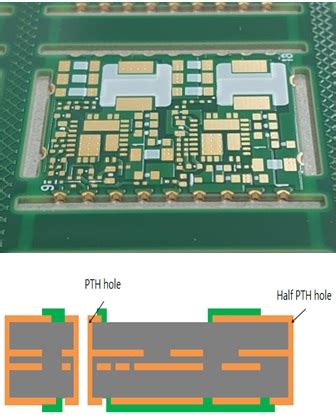
What is the minimum hole distance to the edge of a PCB?
Understanding PCB edge distance PCB edge distance refers to the minimum space required between the edge of a PCB and the nearest hole or component[…]
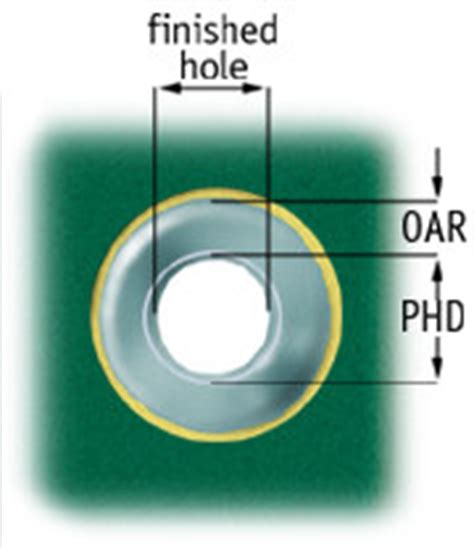
What is the common PCB hole size?
Understanding PCB hole sizes PCB holes, also known as through-holes or vias, are essential for establishing electrical connections between different layers of a multi-layer PCB.[…]
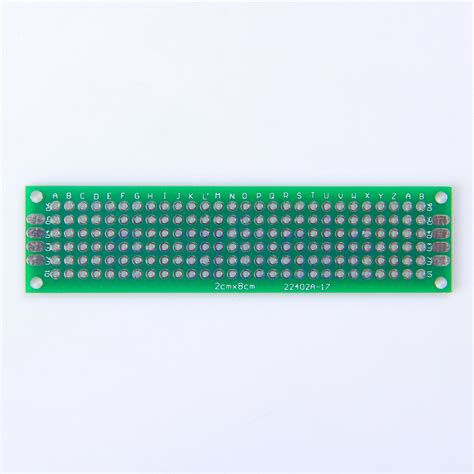
What is the spacing for hole to hole in Pcbway?
Understanding PCB hole spacing When designing a printed circuit board (PCB), one of the crucial aspects to consider is the hole spacing. Proper hole spacing[…]
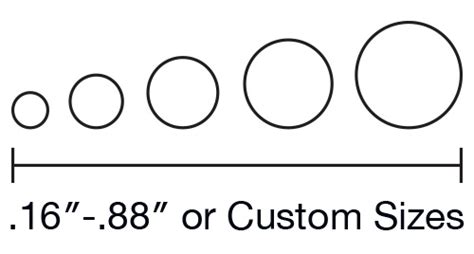
What is the distance between mounting holes in PCB?
Factors Affecting Mounting hole distance The distance between mounting holes in a PCB depends on several factors, including: PCB Size and Shape The overall size[…]
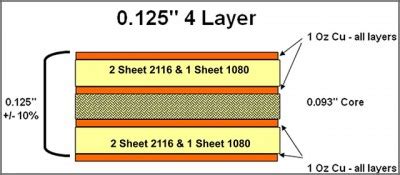
What is the thickness of a PCB layout?
Understanding PCB thickness and Its Importance in Electronics Design Printed circuit boards (PCBs) are the backbone of modern electronics, providing a platform for interconnecting electronic[…]

What is the thickness variation of PCB?
Introduction to PCB Thickness and Variation Printed Circuit Board (PCB) thickness is a crucial parameter that affects the mechanical, electrical, and thermal properties of the[…]
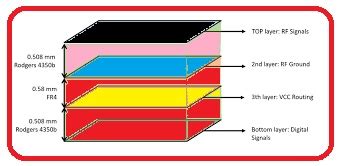
What is the standard thickness of a PCB in mil?
Introduction to PCB Thickness Printed Circuit Boards (PCBs) are the backbone of modern electronics. They provide the physical support and electrical connections for electronic components.[…]

What is the standard PCB thickness?
Understanding PCB thickness PCB thickness is measured in either millimeters (mm) or mils (thousandths of an inch). The most common PCB thicknesses range from 0.4mm[…]